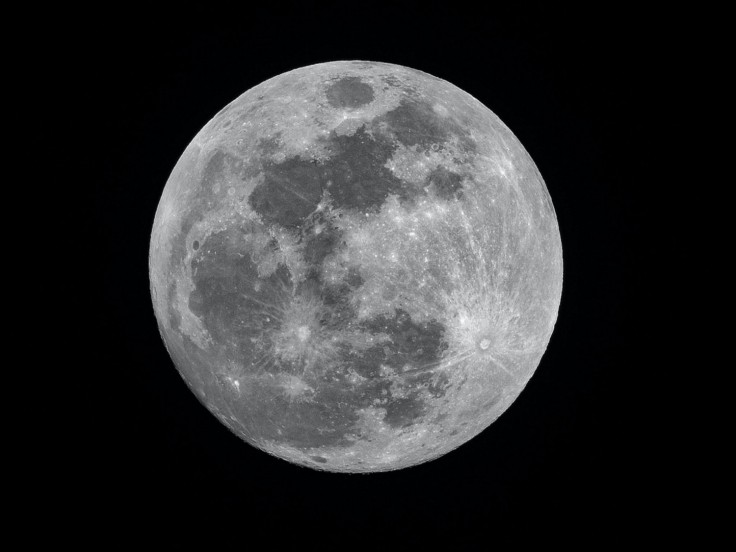
Cosmic radiation on the Moon has been one of the significant issues to deal with every time manned missions to our closest space neighbor will occur. Since the arrival of the Chang'e-4 lunar lander along with its Lander Neutron and Dosimetry (LND) instrument on the Moon, it has been measuring temporally resolved cosmic radiation. In comparison, entire "mission doses" could only be recorded by earlier devices.
The Science Advances, a scientific journal, has reported in its most recent issue about the efforts of the international group of scientists involved with the LND. The team's investigations about cosmic radiation on the Moon involve more precise measurements.
Oliver Angerer, LND Project Manager at the DLR Space Administration, mentions, "Over the coming years and decades, various nations are planning to send crewed missions to explore the Moon. Space radiation poses a significant risk to the health of humans. The Apollo astronauts carried radiation measuring devices, referred to as dosimeters, on their bodies. But these only determined the radiation exposure over the course of the entire mission."
Read also: Future Xiaomi Foldable Phones could Considerably have a Shocking Z Shape Form
Cosmic radiation on the Moon: Measurement approach
Compared to older devices, the LND instrument can measure the radiation field's various characteristics during intervals of one, 10, or 60 minutes. This allows the calculation of the "equivalent dose" that is significant when it comes to estimating biological effects.
DLR radiation physicist Thomas Berger also participated in the said publication. He goes on to explain, "The radiation exposure we measured is a good indication of the radiation inside a spacesuit... For comparison, during a long-haul flight from Frankfurt to New York, the dose rate is five to 10 times lower than this. On Earth's surface, it is some 200 times lower. In other words, a long-term stay on the Moon will expose astronauts' bodies to high doses of radiation."
"Human bodies are simply not made to be exposed to space radiation," says Robert Wimmer-Schweingruber. He and his team are responsible for developing and building the LND instrument. It conducts measurements throughout the lunar day and stays turned off throughout the extremely cold lunar night to save power like.
Read also: Nokia 3310: Figuratively Destroying the Floor with a Virtually Indestructible Phone
To effectively measure cosmic radiation on the Moon, the LND instrument and lander were planned to conduct measurements for at least a year. Since the mission started last January 2019, this is obviously a target that the lander and its instrument have already surpassed. The data gathered are constantly being sent to Earth via the relay satellite Queqiao which is found above the far side of the Moon.
The Moon and beyond
Beyond measuring cosmic radiation on the Moon, the gathered data are also significant for possible interplanetary missions. "With that in mind, the LND measurements are also used to develop computer models to calculate the expected radiation exposure, refine our models and thus contribute towards our work on radiation protection for astronauts on future missions," explains Berger.
Read also: OnePlus Entry-Level Clover Handset: It Keeps Getting Significantly Cheaper but Definitely Better









